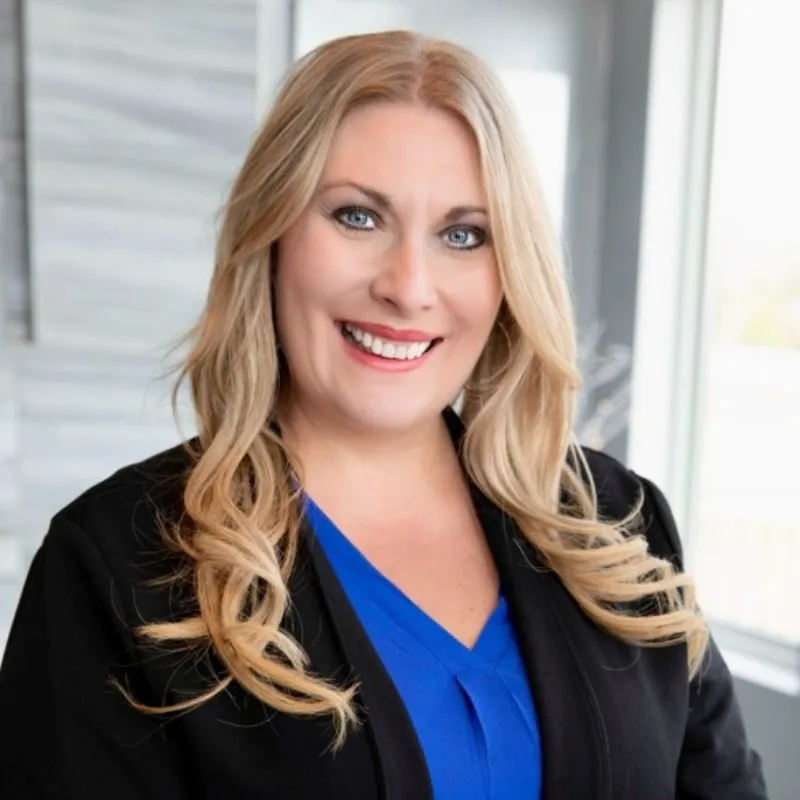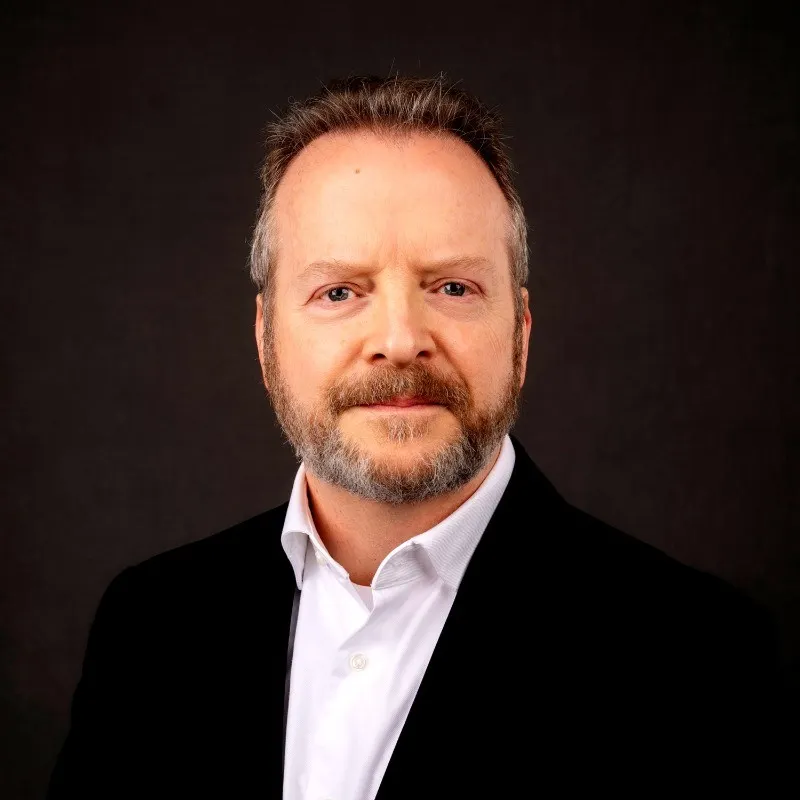Jaylene Kunze joined LegitScript as CFO in March and assumed the additional title of COO in June, as the company prepared for its next phase of growth. LegitScript’s annual revenue currently sits at $50 million to $75 million, with targets nearly double that.
LegitScript monitors and certifies businesses in regulated sectors like health care and online pharmacies for compliance, and is currently operating under a private equity investor structure. They count tech giants like Google, Microsoft and Shopify among its customer base. Recently, the company has been investing in technology, compliance readiness and go-to-market alignment across departments — all of which require significant coordination between finance and technology.
Tom Cook, chief technology and product officer at LegitScript since January, stepped into his role with a goal similar to Kunze’s: deliver future value through product and platform innovation, while staying grounded in cost structure and strategic discipline. Together, he and Kunze, despite both being fairly green in their roles at the company, have developed a productive and efficient cadence of communication, shared KPIs and a mutual understanding of how ROI is measured across the business.
Their partnership offers a glimpse into how CFOs who are tasked with scaling software businesses, navigating private equity oversight and quantifying the impact of technology investments can execute all at once. From three-year net present value models to cybersecurity ownership and engineering capacity planning, Kunze and Cook are modeling the role of cross-functional leadership.
Getting returns on product and engineering spend
For CFOs under pressure to scale with efficiency, modeling the return on product and engineering investments is critical. That’s why one of Kunze’s earliest priorities as CFO was aligning with her technology counterpart on how to forecast, measure and track ROI across the company’s roadmap.

“That’s what I ask of ROI from Tom,” she said. “What are you going to give me in terms of new features or product enhancements that help stabilize or even reduce our cost basis as our revenue grows?”
To answer that, Cook built out a long-range value model tied to real outcomes. “We model it all out using a three-year net present value for development work,” he said. “Then we track the value we expected to deliver — did we get there? Did customers respond? Are we growing like we thought we would?”
That level of rigor, Cook said, is necessary if technology leaders want to be true partners in finance, particularly in capital allocation. “My job is to do the financial analysis in a way that’s rigorous and meaningful,” he said. “That includes understanding the cost of development, my resources, cost of goods sold, cloud expenses and so on.”
The final piece of the model is about objectivity. Cook supplies the assumptions, but Kunze owns the math. “I’ve asked Jaylene to own the ROI calculation,” he said. “I give her the inputs, but she gives me the number. That’s how we keep it objective.”
Managing productive tension and shared metrics
As much as finance and tech need to collaborate, tension is usually inevitable, especially in companies where experimentation is encouraged but cost discipline is essential. Kunze and Cook have taken a strategic approach that recognizes the legitimacy of that tension but ensures it remains constructive.

“My team might want to use a new tool, play with generative AI or experiment with something exciting,” said Cook. “But the CFO’s job is to remind us we have a budget, and we need to stay within it to meet our EBITDA targets.” He added that he doesn’t view that tension as a hindrance. In fact, he says it reflects healthy ownership. “As an executive, I own the EBITDA number just as much as the CFO does.”
Within finance, Kunze pushes her counterparts to think about cost in the context of the company’s long-term goals, not just current budget cycles. “Sometimes I’ll ask: is this really getting us there? Or is it taking us down another path that’s going to cost more and pull us away from our goal, which, in private equity, usually means an exit with solid SaaS margins.”
Her approach isn’t combative, she says. Rather than saying no outright to things she may disagree with, she reframes decisions around impact. “I’ll say things like, ‘I’ll give you one of these low-margin deals, but is this the one you want to use it on?’ And usually the answer is no, because they know they’ll be back next week with another one.”
The ability to collaborate this way is backed by data. “We’ve partnered on areas like software spend, where we have duplication, how to reduce it, how to pick a unified AI direction and where to centralize decisions,” Kunze said. “We’ve talked about leveraging lower-cost resources in the right places to stabilize the team and support growth.”
Cook echoed the importance of structure. “There’s the in-the-business conversation, like performance metrics, budget considerations,” he said. “And then there’s the on-the-business conversation, like, how’s our relationship? How are we collaborating?”
Communicating risk, security and capacity
At LegitScript, the CFO–CTO partnership extends beyond product and performance, it’s also central to how the company manages cybersecurity and compliance risk. Kunze owns the compliance side, including SOC 2 readiness and customer reporting. Cook leads the technical execution.
“We need to maintain a separation of duties to pass audits like SOC 2,” said Cook. “But from the beginning, we’ve agreed that cybersecurity is one of the most serious business risks.”
Kunze agreed. “It’s one of those things that keeps me up at night,” she said. “It could ruin our reputation or put us out of business. And attackers are only getting smarter.”
“We’ve partnered on areas like software spend, where we have duplication, how to reduce it, how to pick a unified AI direction and where to centralize decisions.”

Jaylene Kunze
CFO and COO, LegitScript
What distinguishes their approach is Kunze’s enthusiasm for the controls that make strong oversight possible. “I’m kind of a SOX and SOC 2 nerd. I love that stuff,” she said. “It tells you how your business operates. And it gives you the core business processes and controls that lead to good decision-making.”
On the tech side, Cook ensures those risks and controls are always translated into business terms. “I learned to dollarize it,” he said. “I’d say something like, ‘We have a technical debt problem that’s costing us $X per year. It’ll cost $Y to fix.’ Now we’re speaking the same language.”
Their shared accountability is especially critical under private equity ownership, where value creation narratives are under constant scrutiny. “What’s our value creation plan? What do we want to look like at exit?” Cook said. “Because exit multiples often come down to the narrative of how much future value can you deliver?”
“Autonomy [for business leaders under private equity] isn’t given, it’s earned,” he added. “You earn trust by delivering and by clearly explaining why you’re doing what you’re doing.”





